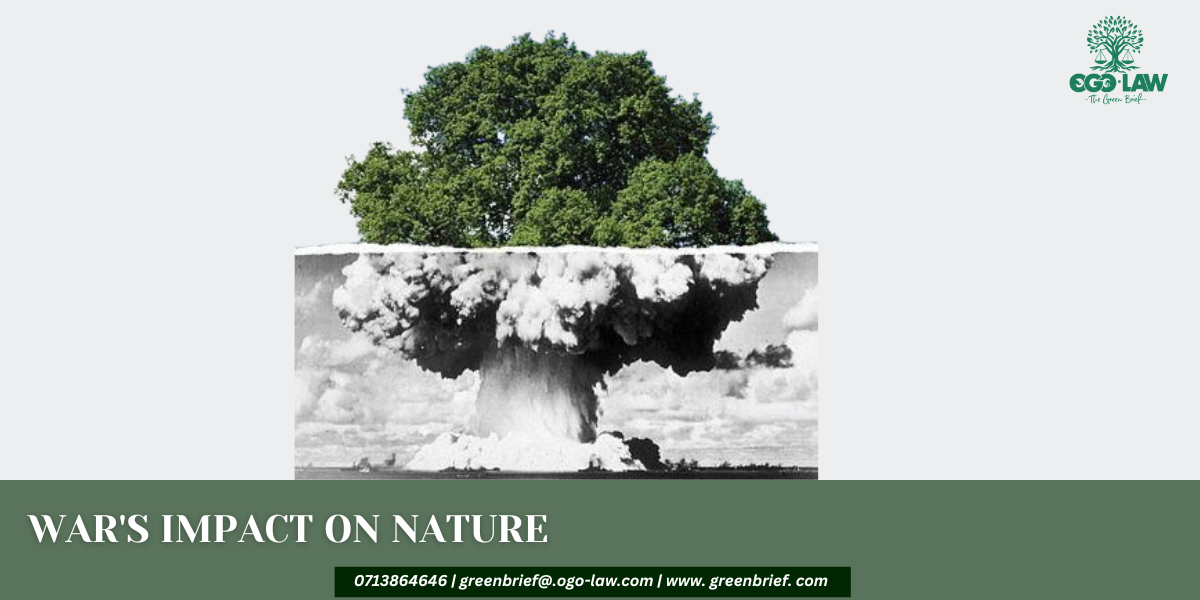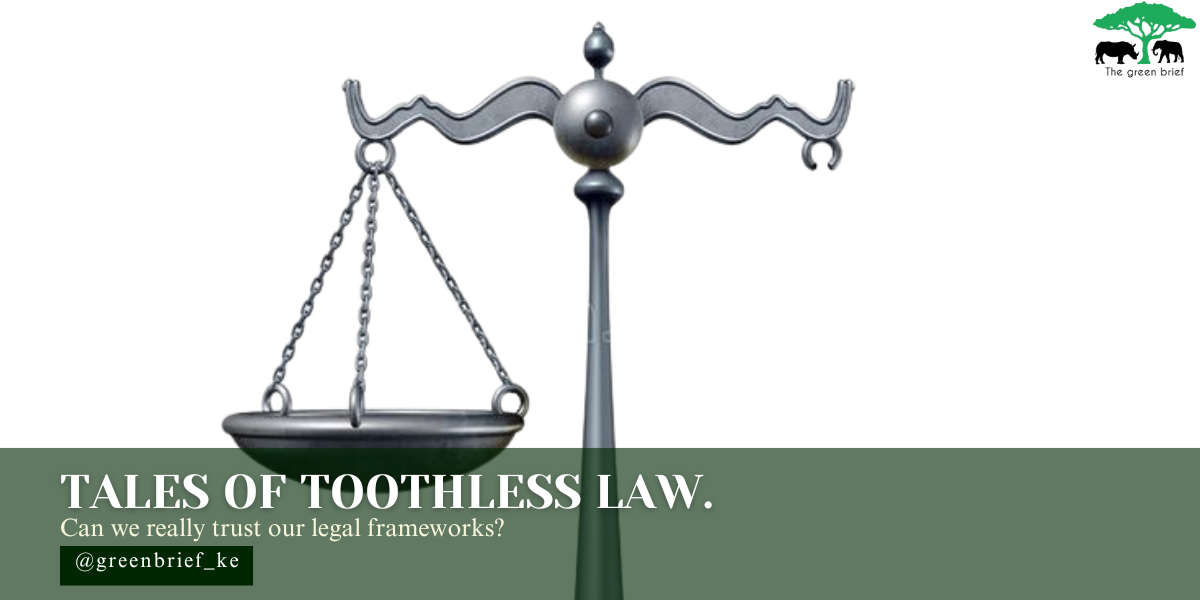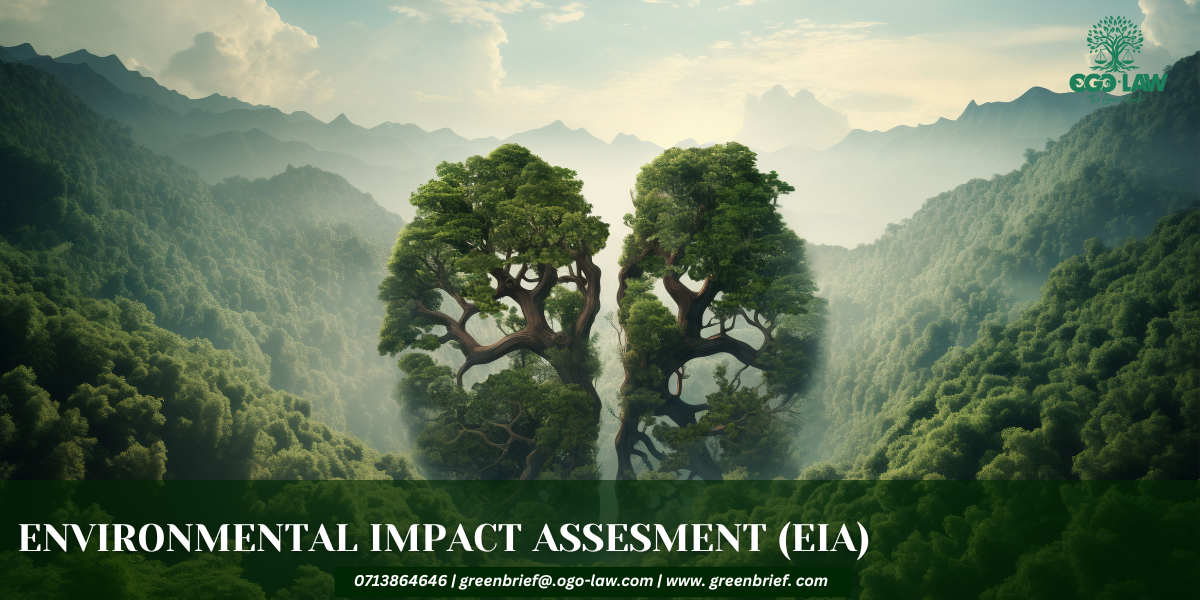Urban planning is the backbone of every city, shaping how people live, work, and move while influencing infrastructure, green spaces, and overall quality of life. However, poor or uncoordinated urban planning can have serious consequences for the environment. Nairobi, Kenya’s rapidly growing capital, provides a clear example of how urban development decisions affect ecosystems, natural resources, and urban sustainability.
Rapid Urban Growth and Environmental Pressure
Nairobi has experienced unprecedented population growth over the past few decades. As more people migrate to the city for jobs and opportunities, housing, roads, and commercial developments have expanded to meet demand. Much of this expansion, however, has been unplanned or poorly regulated. Informal settlements, traffic congestion, and haphazard construction have contributed to the loss of green spaces, increased waste production, and heightened pressure on air, water, and soil quality. Urban growth without proper planning creates a domino effect, impacting both people and nature.
Loss of Green Spaces and Natural Habitats
One of the most visible environmental impacts of Nairobi’s urbanization is the reduction of green spaces. Parks, wetlands, and forests that once provided natural cooling, flood control, and wildlife habitats are disappearing. For example, areas surrounding the Ngong River and Nairobi Dam have seen wetlands encroached upon by development, causing disrupted ecosystems, reduced biodiversity, and higher flood risks. Green spaces are crucial for absorbing carbon emissions, cooling urban heat islands, maintaining soil quality, and supporting biodiversity. Their loss has long-term environmental and social consequences for the city.
Air and Water Pollution
Urban planning directly influences air and water quality. Nairobi’s growing road networks and heavy traffic have resulted in high levels of air pollution, contributing to respiratory illnesses and climate change. Additionally, poor waste management and encroachment on riverbanks have led to water pollution. The Nairobi River, once a thriving ecosystem, now faces challenges from sewage discharge, industrial waste, and plastic pollution. These problems highlight the need for environmental considerations to be central in urban planning and development policies.
Flooding and Drainage Challenges
Nairobi’s natural topography includes several rivers and seasonal streams, but urban development has often ignored natural drainage systems. Construction over floodplains and blocked waterways has increased seasonal flooding, which damages property, erodes soil, and contaminates water sources. Sustainable urban planning would integrate green infrastructure, such as retention ponds, permeable surfaces, and restored wetlands, to reduce flood risks and protect local communities.
Opportunities for Sustainable Urban Planning
Despite these challenges, Nairobi has opportunities to implement environmentally sustainable urban planning. Policies that restore green belts, protect wetlands, enforce zoning regulations, and promote public transport can help reduce environmental degradation. Renewable energy in buildings, improved waste management, and participatory city planning can also support a healthier urban ecosystem. By making decisions that balance growth with environmental protection, Nairobi can serve as a model for other African cities.
Urban planning shapes both the human and natural environment of a city. Nairobi’s experience demonstrates the consequences of rapid urbanization without adequate environmental foresight, including loss of biodiversity, increased pollution, flooding, and reduced quality of life. Integrating sustainable planning strategies can allow the city to grow economically while safeguarding natural resources for current and future generations. Sustainable urban planning is not just about building infrastructure it is about building a resilient, livable, and environmentally responsible city.





